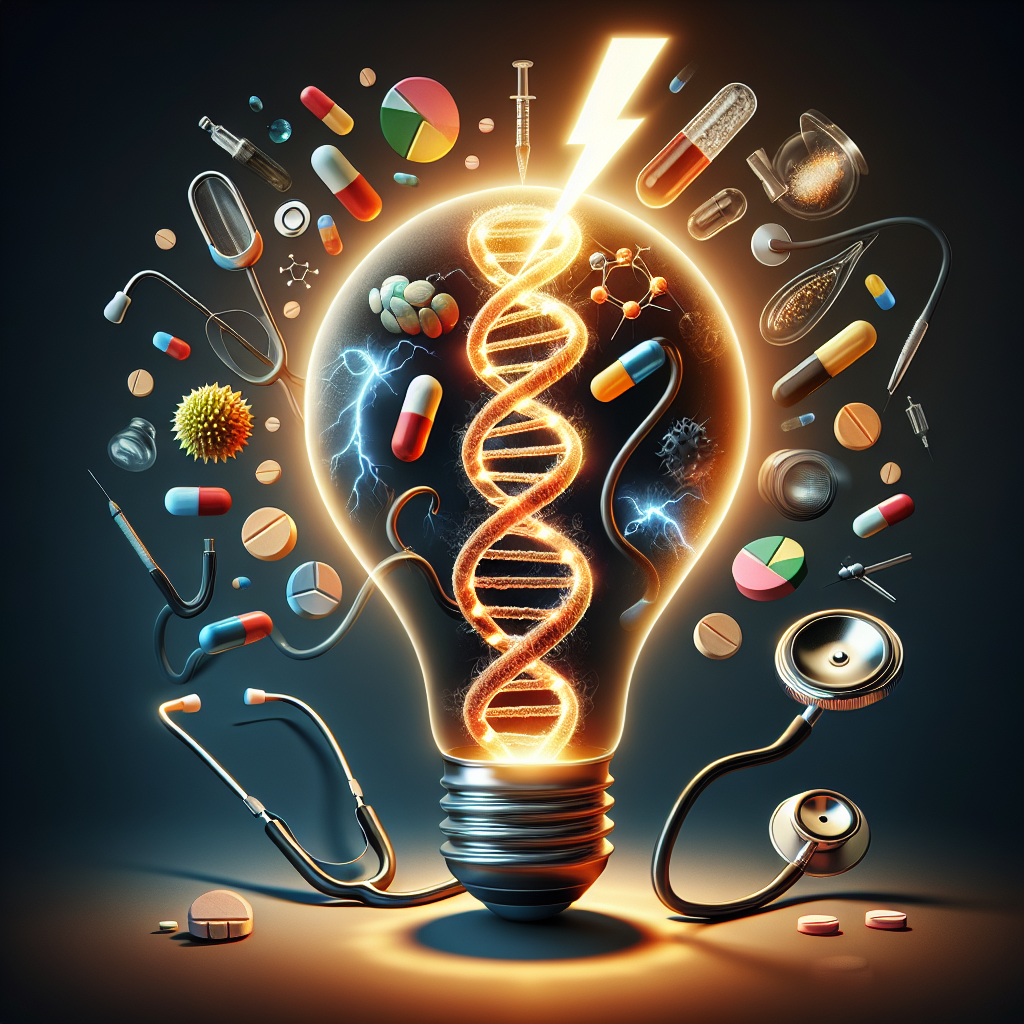The Discovery of Penicillin
During the early 1920s, a Scottish scientist named Alexander Fleming was working in his laboratory when he stumbled upon something extraordinary. He found out that a certain type of mold, notably named Penicillium notatum, had the ability to kill bacteria. This was a ground-breaking discovery, as it led to the development of penicillin – the first ever antibiotic, marking a significant landmark in medical history.
Influence of Penicillin on Medical Science
Before penicillin, bacterial infections were a major cause of death. But the discovery of this antibiotic completely cast our fate in a different direction, reducing fatalities and improving the quality of life for millions. Diseases like pneumonia, tuberculosis and scarlet fever, which were once fatal, became treatable overnight.
The Identification of DNA Structure
In 1953, James Watson and Francis Crick effectively revolutionised the way we think about biology. These two young scientists discovered the double helix structure of DNA (deoxyribonucleic acid), the very blueprint for life. It was a revolutionary concept with far-reaching implications.
Impact of DNA Discovery on Medical Science
The identification of DNA structure formed the platform on which most of modern biology is built. It led to the Human Genome Project, which was concluded in 2003, and brought with it the capability to read nature’s complete genetic blueprint for building a human being, opening up an entire world of medical possibilities.
Discovery of Anesthesia
Before the 19th century, surgery was painful and terrifying. But all that changed in 1846 when William Morton, a Boston dentist, publicly demonstrated the use of ether as an anesthetic. Patients undergoing surgical procedures would no longer endure horrific pain.
Role of Anesthesia in Medical Science
The introduction of anesthesia successfully brought about a revolution in surgery. It made surgical procedures more humane, and now complex operations can be carried out more extensively and with much better survival rates.
Unveiling the Benefits of Aspirin
Aspirin – the most widely used drug in the world today was initially introduced by Felix Hoffman in 1897. The ability of this ancient remedy to not only relieve pain and reduce fever, but also to act as an anti-inflammatory agent made it an instant favorite.
Aspirin and its Impacts on Medical Science
Over the years, researchers have found that this mighty little pill does a lot more than just handle headaches. Today, we know that daily low-dose aspirin therapy can help prevent a heart attack or stroke in certain individuals, marking yet another medical breakthrough.
Ultrasound: A Peek into the Womb
In 1956, Ian Donald and Tom Brown applied industrial sonar technology to create ultrasound images for medical purposes. It allowed doctors for the first time to safely peek inside a woman’s womb and observe the growing fetus.
Influence of Ultrasound on Medical Science
Not only did ultrasound give doctors a non-invasive way to observe the fetus, but it also helped them diagnose conditions such as gallstones and tumors. It has fundamentally changed prenatal care and made pregnancy much safer for women and babies alike.
Each of these shocking discoveries was a paradigm shift that rewrote medical history. They were the result of constant quest for knowledge and a persistent desire to improve the quality of human life. And as scientific research continues to push boundaries, who knows what incredible medical wonders we might witness next!
